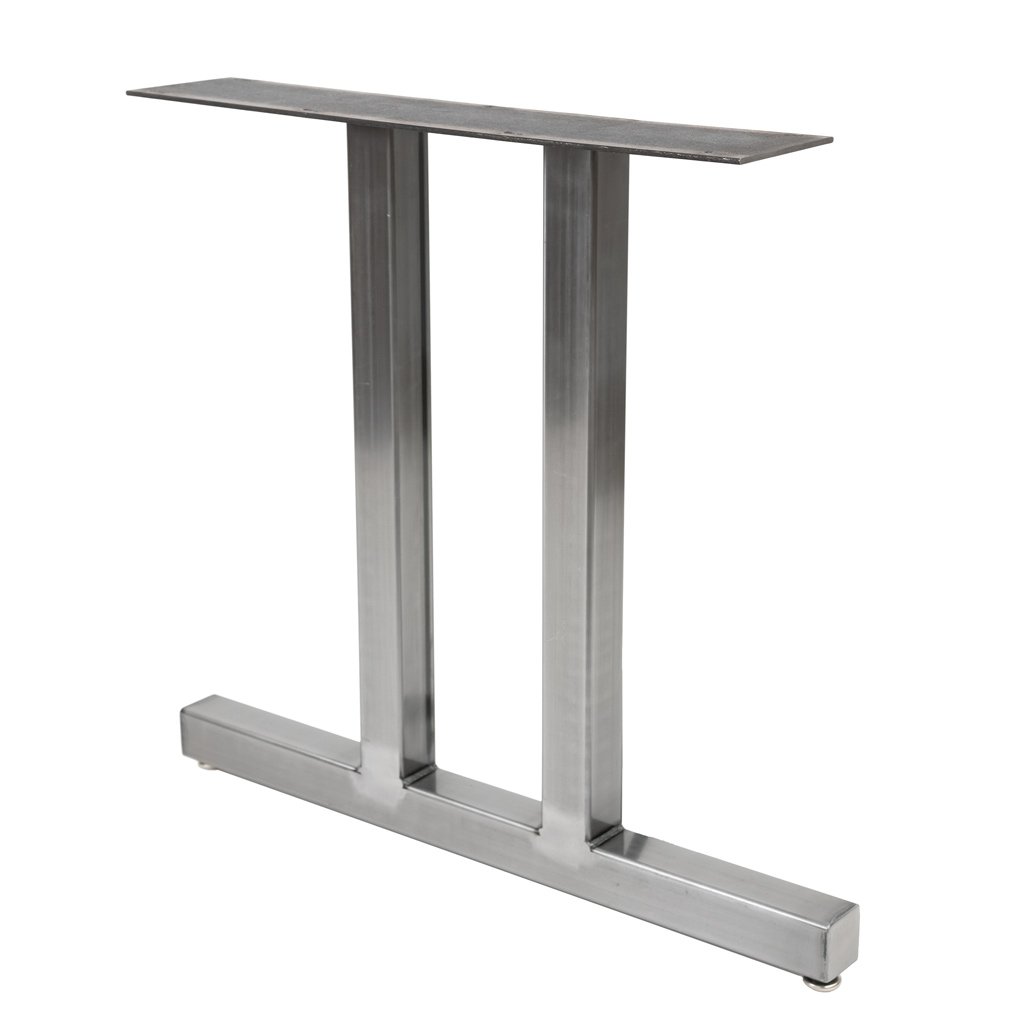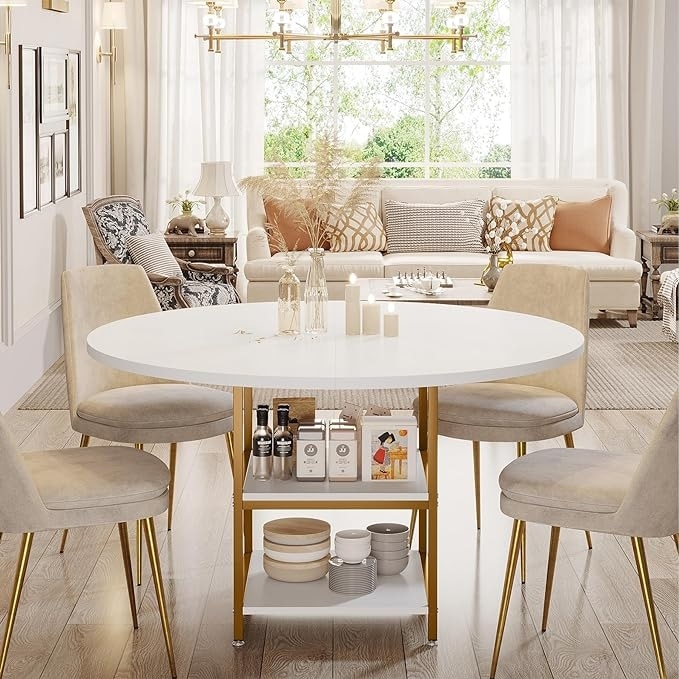Add Charm and Elegance to Your Space with Distinct Dining Room Table Legs
Add Charm and Elegance to Your Space with Distinct Dining Room Table Legs
Blog Article
From Standard to Modern: Discover the Ideal Eating Room Table Legs for Your Design
The selection of dining area table legs plays a crucial role in specifying the overall personality of your area, bridging the space between typical workmanship and modern appearances. While traditional designs such as cabriole and transformed legs stimulate a sense of classic refinement, contemporary designs like hairpin and geometric alternatives present a chance for striking visual passion. Assessing the ideal equilibrium between these designs requires a nuanced understanding of your existing decor and individual taste. As you take into consideration these elements, the concern continues to be: just how can you perfectly incorporate these varied leg styles to produce an unified dining experience?
Recognizing Table Leg Styles
The selection of dining-room table leg designs can significantly influence both the aesthetic appeals and performance of the area. Each leg style adds distinct aesthetic components and sensible functions, catering to diverse style preferences and usage needs. Recognizing these designs is important for selecting the right dining table that straightens with your total interior style vision.
For example, conical legs use a clean, traditional look that can boost a space's beauty, while stand bases give security and maximize legroom, making them ideal for smaller sized rooms. Barrette legs, a trademark of mid-century modern layout, present an industrial flair, permitting for a ventilated, open feel. Trestle legs stimulate rustic appeal, offering durable assistance and a sense of timelessness.
Moreover, the choice of products plays a significant function. Wooden legs can bring warmth and texture, whereas metal alternatives usually share a sleek, contemporary vibe. Inevitably, comprehending table leg designs is crucial for developing a cohesive dining area that shows personal style while making sure practicality and convenience. By attentively considering these components, you can improve both the useful and aesthetic allure of your dining area.
Conventional Table Leg Options
When choosing eating area table legs, traditional choices usually embody timeless style and craftsmanship. These styles reflect a rich heritage and a dedication to high quality, making them perfect for those who appreciate classic looks.
Among one of the most legendary traditional leg designs is the cabriole leg, identified by its elegant bent form. This layout usually features decorative carvings and is most commonly found in Queen Anne and Chippendale furniture. An additional prominent choice is the transformed leg, which boasts a collection of smooth, rounded forms that give a timeless appearance while keeping stability.
Additionally, the straight leg, while easy, provides a durable and unadorned structure that can blend seamlessly with a selection of tabletop designs. For those attracted to ornate describing, claw-and-ball feet legs stimulate a sense of splendour and can function as a magnificent focal point in any type of dining room.
Lastly, pedestal bases, although not purely legs, supply an alternative traditional alternative that enables ample legroom and can be perfectly sculpted. Each of these typical leg styles adds to the total ambiance of a dining-room, weding function with visual charm.

Modern Table Leg Layouts
Modern table leg designs supply a varied variety of styles that stress clean lines and cutting-edge materials. These designs usually prioritize functionality while acting as striking centerpieces within a dining space. Minimal aesthetic appeals prevail, with legs crafted from materials such as steel, glass, and engineered timber, which contribute to a ventilated and modern feeling.
One popular style investigate this site is the barrette leg, characterized by its slender, conical framework that provides security without overwhelming the tabletop (dining room table legs). This design is typically located in mid-century modern furniture and can effortlessly enhance various table forms. Another trend is using geometric forms, where legs may take on unbalanced or angular kinds, including visual rate of interest and a touch of creativity

Blending Designs for Unique Areas
Commonly, house owners seek to produce distinct eating rooms that show their personal style by blending various style components. This approach allows for the incorporation of diverse looks, leading to a harmonious yet distinct atmosphere. As an example, coupling a rustic wooden table with sleek, modern-day metal legs can create an eye-catching comparison that raises the room's total charm.
In addition, integrating vintage table legs with contemporary table tops can stimulate a sense of background while maintaining a modern-day sensibility. Such mixes not just showcase specific taste but also urge imagination, allowing house owners to curate a room that feels both individual and inviting.
Shade plays an essential duty in this blending procedure; picking table legs that match or contrast with the existing shade plan can boost visual interest. use this link Whitewashed legs can soften the daring of a dark table surface, producing a balanced aesthetic.
Tips for Picking the Right Legs
Selecting the right table legs is vital for achieving both functionality and aesthetic charm in your dining room. Begin by considering the general design of your space. Typical setups gain from legs that feature detailed carvings or turned styles, while modern areas may ask for smooth, minimalist styles.
Next, examine the height and security of the legs. dining room table legs. Common dining tables range in between 28 to 30 inches in height, so make sure the legs enhance this dimension for convenience. Additionally, robust materials, such as hardwood or metal, can improve stability and durability
Examine the leg form as well-- options include straight, tapered, or pedestal designs. Straight legs provide a timeless look, while conical legs can include a touch of sophistication. Pedestal bases provide sufficient legroom and are optimal for smaller sized areas.
Final Thought
In summary, selecting the excellent dining-room table legs requires careful consideration of both modern-day and conventional styles. Conventional options such as cabriole and transformed legs offer classic style, while modern-day styles like hairpin and geometric forms provide a modern touch. By integrating leg style, height, and product with the general decor, a natural and inviting atmosphere can be attained. Eventually, the selected table legs should mirror the wanted aesthetic, enhancing the eating experience within the area.
The selection of dining area table leg styles can significantly affect both the aesthetics and capability of the space. Inevitably, comprehending table leg designs is necessary for producing a natural dining location that reflects personal design while making sure usefulness and comfort.One of the most renowned conventional leg designs is the cabriole leg, defined by its graceful rounded form. Straight legs provide a timeless look, while tapered legs can add a touch of style.In summary, choosing the perfect eating room YOURURL.com table legs needs mindful consideration of both modern-day and conventional designs.
Report this page